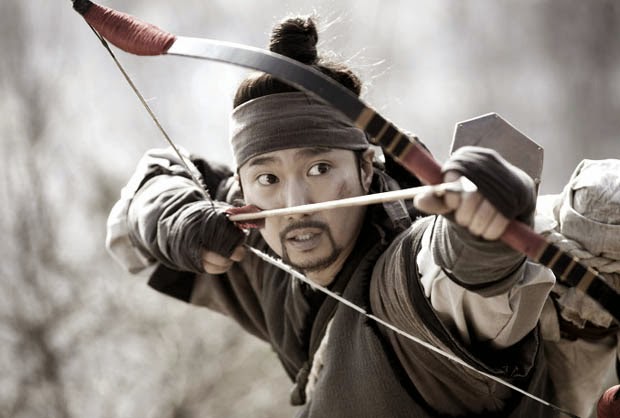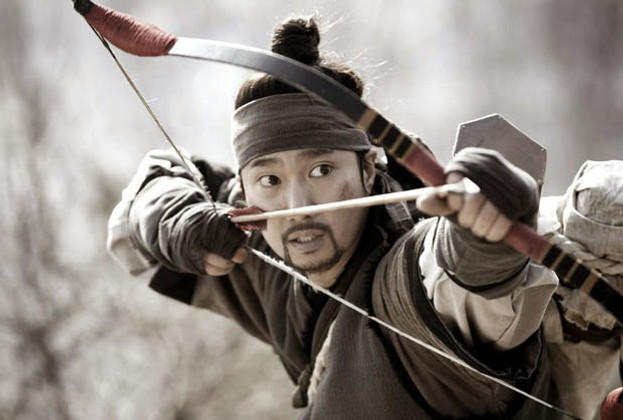Becoming a Skilled Archer Is Easier Than You Might Think
Posted by Sword N Armory on Jun 28th 2017

Becoming a skilled archer can be done on your own and by simply reading a book or downloading related information on the Internet. However, you may also want to find out if there are any classes and certification training available in or near your area. The main thing you need to remember is that simply knowing the names of the steps isn't enough. You need to practice applying them.
Below are the ten basic steps and what’s involved with them:
Step #1: Basic Archery Stance: This is done by standing with one foot on each side of the shooting line. Know what your dominant side is and what your bow’s dominant side is. For example, if you are shooting with a right-hand bow, your left foot should be forward and vice versa with the left-hand bow. The feet should be kept approximately shoulder width apart and parallel to the shooting line. You also can’t afford to be slouchy, so make sure that you’re standing up straight; making sure that your back, chest, ribs and shoulders are lowered.
Step #2: Nocking the Arrow. This is the term for placing the nock (or end) of the arrow onto the bowstring. It may look incredibly easy but many beginners have difficulty with it and most archers develop their own method with this. The way it’s basically done is:
- By holding the arrow close to its nock and placing it just behind the vanes.
- Next, ensuring that the arrow shaft is on the arrow rest evenly.
- The shaft is then spun to ensure its aim in the desired direction.
- When all of the above are satisfied, the nock is then snapped.
Step #3: Set. This has to do with your gripping technique. The grip should be placed in the part of the hand just below the thumb and the first three fingers gently wrapped around the bow string.
Step #4: Set-up. This has to do with checking and re-checking your entire posture (i.e. that your feet are shoulder width apart, that your shoulders are downward, that your arrow’s pointed slightly upward, etc.).
Step #5: Draw and Load. You’re finally ready to pull your bow back, but first ensure that your drawing arm is properly aligned and double check your grip.
Step # 6: Anchor. This one is about using your index finger as the reference point of your drawing hand.
Step #7: Transfer and Hold. This is about learning how to put the proper weight between the bow and your back’s muscles.
Step #8: Aim and Expand. In this step, you actually learn how to aim the arrow at your target while simultaneously keeping the alignment of your posture in check.
Step #9: Release. This step teaches how to properly liberate the bowstring the second you shoot your arrow.
Step #10. Follow Through. This has to do with mastering your technique of the actual shot.
How Much Practice Is Needed?
On your very first day, it’s recommended to shoot about 30 arrows at a time and during time periods of a maximum of an hour and a half. You’ll probably want to increase your repetitions during every day that you practice. Advanced archers often shoot up to 60 while ones in competition and in training for competition often do up to 120. However, it’s recommended that you practice the stance (at a minimum of three practice sessions) alone before you start to shoot actual arrows. If you don’t have the space to set up a range at your home, it’s highly recommended to find a shooting range to practice with in or near where you live or work. Even if you’re not at a range and you’re on a work break or something, it’s recommended to practice your stance.
At the end of the day, the main key is to stay focused on the process rather than the result.












